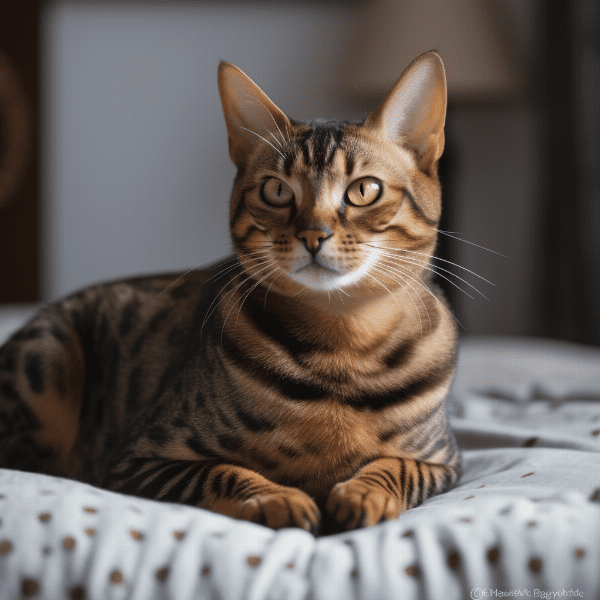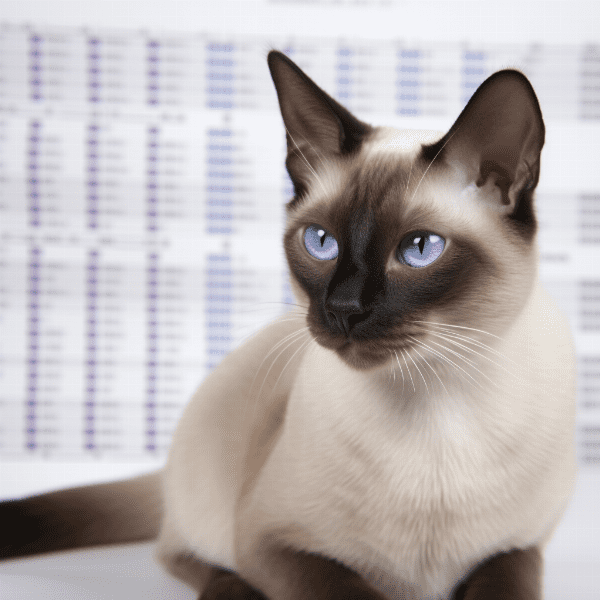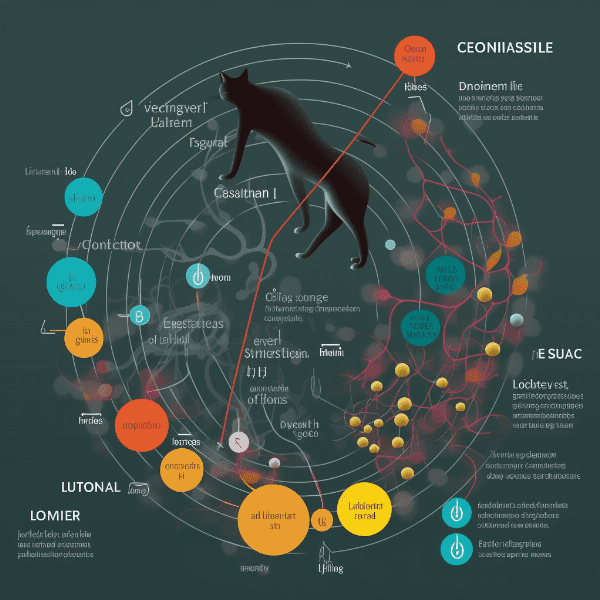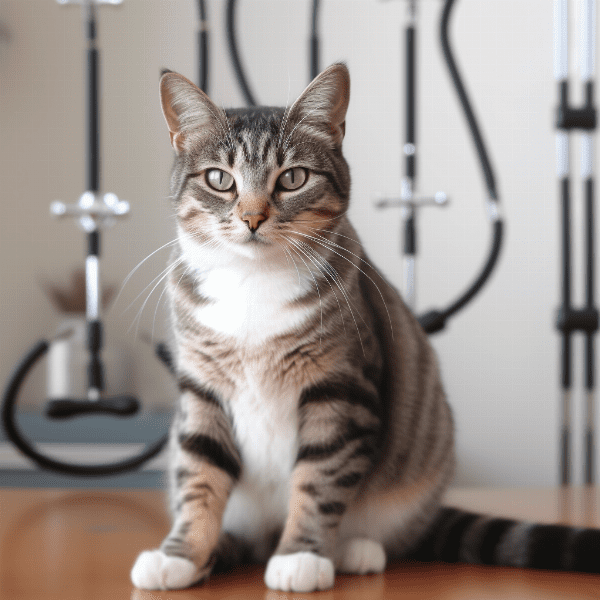Table of Contents
- Introduction to Bengal Cat Breed
- Understanding Genetic Disorders in Bengal Cats
- Polycystic Kidney Disease (PKD)
- Progressive Retinal Atrophy (PRA)
- Hypertrophic Cardiomyopathy (HCM)
- Early Detection and Diagnosis of Genetic Disorders
- Treatment Options for Bengal Cat Genetic Disorders
- Preventive Measures for Bengal Cat Genetic Disorders
- Breeding Practices and Genetic Testing for Bengal Cats
- Conclusion: Ensuring the Health of Your Bengal Cat
Introduction to Bengal Cat Breed
Bengal cats are an exotic and unique breed, originating from the breeding of Asian leopard cats with domestic cats. They are known for their striking appearance, with their wild-like coat pattern and sleek, muscular build. Bengal cats are intelligent and affectionate animals, with a playful and active nature that makes them a popular choice as pets.
History of the Bengal Cat Breed
The Bengal cat breed was first developed in the United States in the 1960s by breeding domestic cats with the Asian leopard cat, a small wild cat native to Asia. The goal was to create a domestic cat with the appearance of a wild cat, and the Bengal cat was the result of this breeding program.
Physical Characteristics of Bengal Cats
Bengal cats are medium to large-sized cats, with a muscular build and a sleek, athletic appearance. They have distinctive markings on their coat, with a spotted or marbled pattern that resembles that of a wild cat. Their coat is also very soft and silky to the touch. Bengal cats have a broad head, almond-shaped eyes, and a short, thick tail.
Temperament and Personality of Bengal Cats
Bengal cats are intelligent and curious animals, with a playful and energetic nature. They love to play and explore their surroundings, and are known to be quite mischievous at times. Bengal cats are also very social animals, and enjoy spending time with their human companions. They are affectionate and loyal pets, and often bond closely with their owners.
Bengal Cats as Family Pets
Bengal cats make great family pets, thanks to their affectionate and playful nature. They are well-suited to households with children and other pets, and thrive on interaction and attention from their human family. However, it is important to note that Bengal cats are an active and energetic breed, and require plenty of exercise and mental stimulation to keep them happy and healthy.
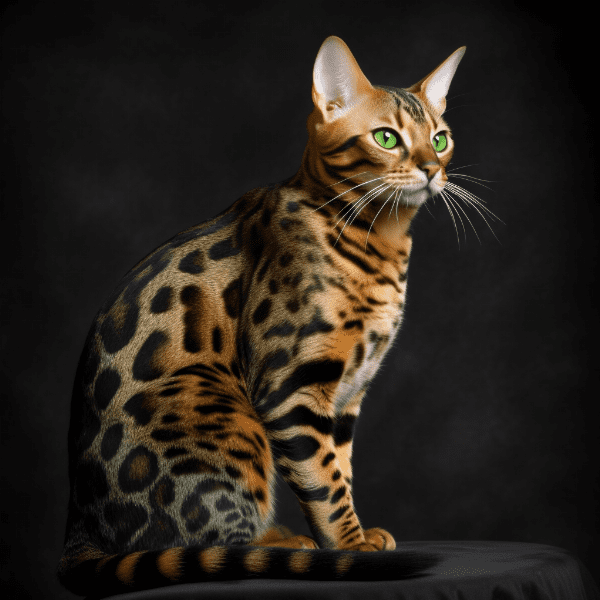
Understanding Genetic Disorders in Bengal Cats
While Bengal cats are generally healthy and robust animals, like all breeds, they are susceptible to certain genetic disorders. These disorders are caused by mutations in the cat’s DNA, which can affect various aspects of their health and wellbeing.
How Genetic Disorders are Inherited in Bengal Cats
Genetic disorders are passed down from one generation to the next through the cat’s DNA. In most cases, a cat must inherit two copies of the mutated gene to develop the disorder. However, in some cases, a cat may develop a disorder if they inherit just one copy of the mutated gene.
Common Genetic Disorders in Bengal Cats
There are several genetic disorders that are known to affect Bengal cats, including polycystic kidney disease (PKD), progressive retinal atrophy (PRA), and hypertrophic cardiomyopathy (HCM). Each of these disorders affects different parts of the body, and can have a range of symptoms and complications.
Symptoms of Genetic Disorders in Bengal Cats
The symptoms of genetic disorders in Bengal cats can vary widely, depending on the specific disorder and the severity of the mutation. Some cats may show no symptoms at all, while others may experience a range of symptoms, including weight loss, vomiting, lethargy, and difficulty breathing.
Managing Genetic Disorders in Bengal Cats
While genetic disorders cannot be cured, there are several ways to manage them and improve your cat’s quality of life. Treatment options may include medications, dietary changes, and supportive care, such as oxygen therapy or fluid therapy. It is important to work closely with your veterinarian to develop a treatment plan that is tailored to your cat’s specific needs.
In the following sections, we will discuss the specific genetic disorders that are known to affect Bengal cats, and how they can be managed and treated.
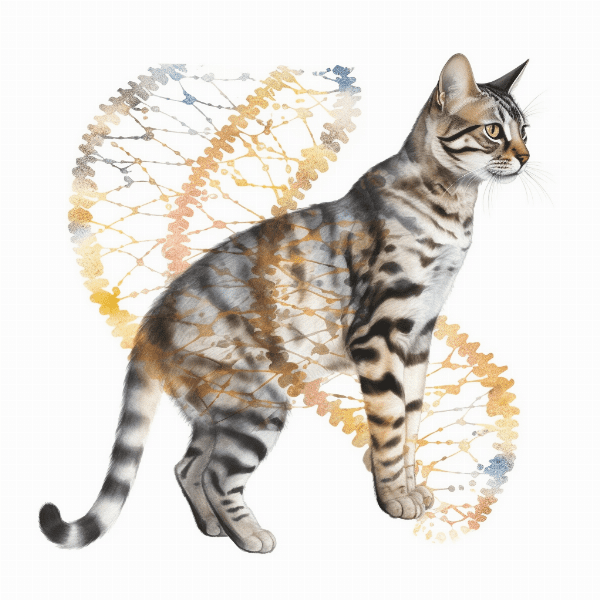
Polycystic Kidney Disease (PKD)
Polycystic kidney disease (PKD) is a genetic disorder that affects the kidneys of Bengal cats, as well as other breeds of cats. PKD causes fluid-filled cysts to develop in the kidneys, which can lead to kidney failure and other complications.
Symptoms of PKD in Bengal Cats
The symptoms of PKD in Bengal cats can be vague and difficult to identify, especially in the early stages of the disease. However, as the disease progresses, cats may develop symptoms such as weight loss, vomiting, and increased thirst and urination. In severe cases, cats may also experience lethargy, weakness, and difficulty breathing.
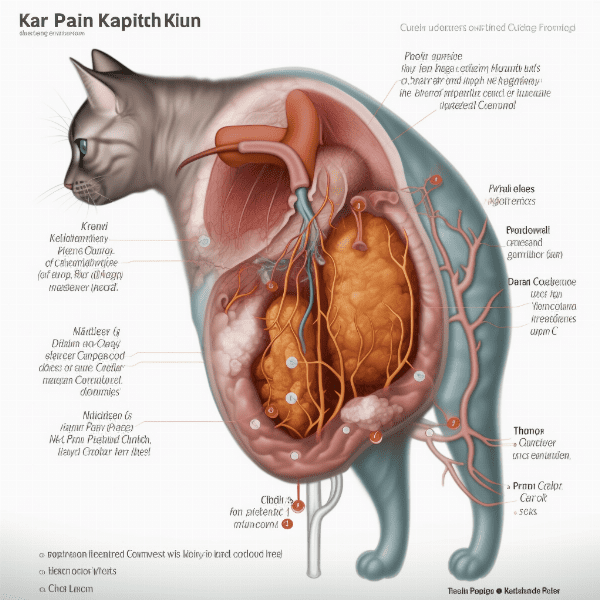
Progressive Retinal Atrophy (PRA)
Progressive retinal atrophy (PRA) is a genetic disorder that affects the eyesight of Bengal cats, as well as other breeds of cats. PRA causes a degeneration of the retina, which can eventually lead to blindness.
Symptoms of PRA in Bengal Cats
The symptoms of PRA in Bengal cats can be difficult to identify, especially in the early stages of the disease. However, as the disease progresses, cats may begin to show signs of vision loss, such as bumping into objects, difficulty navigating in low light, or a change in eye color.
Managing PRA in Bengal Cats
There is no cure for PRA, but there are several ways to manage the disease and improve your cat’s quality of life. Treatment options may include medications to manage symptoms, such as anti-inflammatory drugs or eye drops, and environmental modifications to help your cat navigate their surroundings. It is also important to provide your cat with a safe and secure environment to prevent injury.
Preventing PRA in Bengal Cats
In the next section, we will discuss another genetic disorder that is known to affect Bengal cats: hypertrophic cardiomyopathy (HCM).
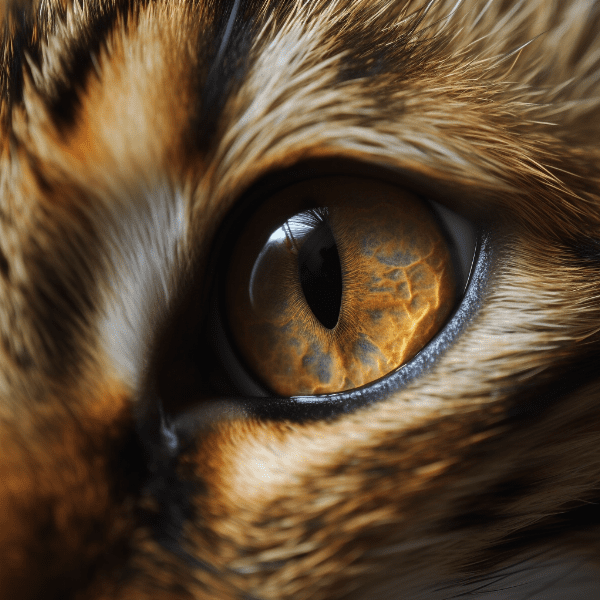
Hypertrophic Cardiomyopathy (HCM)
Hypertrophic cardiomyopathy (HCM) is a genetic disorder that affects the heart of Bengal cats, as well as other breeds of cats. HCM causes the heart muscles to thicken, which can lead to a range of symptoms and complications.
Causes of HCM in Bengal Cats
HCM is caused by a genetic mutation that affects the structure and function of the heart. Bengal cats with the mutation will experience a thickening of the heart muscle as they age, which can eventually lead to heart failure and other complications.
Symptoms of HCM in Bengal Cats
The symptoms of HCM in Bengal cats can vary widely, depending on the severity of the disease. Some cats may show no symptoms at all, while others may experience symptoms such as lethargy, difficulty breathing, or fainting. In severe cases, cats may also develop fluid buildup in their lungs or abdomen.
Diagnosing HCM in Bengal Cats
Diagnosing HCM in Bengal cats can be challenging, as symptoms may not appear until the disease has progressed to a later stage. However, there are several diagnostic tests that can be used to identify HCM in cats, including echocardiography and electrocardiography.
Managing HCM in Bengal Cats
While there is no cure for HCM, there are several ways to manage the disease and improve your cat’s quality of life. Treatment options may include medications to manage symptoms, such as diuretics or beta-blockers, and lifestyle modifications, such as reducing stress and providing a low-sodium diet. In severe cases, surgical interventions may be necessary.
Preventing HCM in Bengal Cats
Because HCM is a genetic disorder, the best way to prevent it is through responsible breeding practices. Bengal cats should be screened for the HCM gene before being used for breeding, and only cats that test negative should be used. It is also important to avoid breeding cats with a history of HCM in their lineage.
In the following sections, we will discuss the importance of early detection and diagnosis of genetic disorders in Bengal cats, as well as the treatment options and preventive measures that are available.
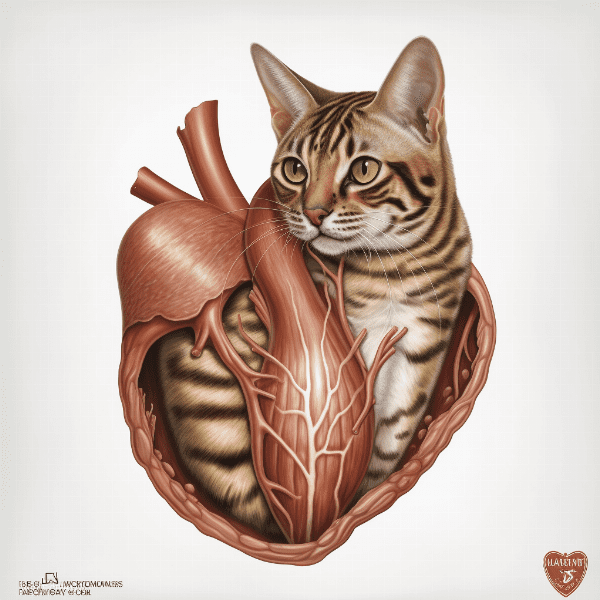
Early Detection and Diagnosis of Genetic Disorders
Early detection and diagnosis of genetic disorders is crucial for the health and wellbeing of Bengal cats. By identifying genetic disorders early, treatment can be initiated promptly, which can improve your cat’s quality of life and potentially prolong their lifespan.
Importance of Regular Veterinary Checkups
Regular veterinary checkups are essential for the early detection and diagnosis of genetic disorders in Bengal cats. During these checkups, your veterinarian will perform a physical exam and may recommend diagnostic tests to screen for genetic disorders. It is important to schedule these checkups at least once a year, or more frequently for older cats or cats with a history of genetic disorders.
Genetic Testing for Bengal Cats
Genetic testing can be used to screen for specific genetic disorders in Bengal cats, such as PKD, PRA, and HCM. These tests are non-invasive and can be performed using a simple blood or saliva sample. By identifying cats that are carriers or affected by genetic disorders, breeding practices can be modified to prevent the spread of these disorders.
Diagnostic Tests for Genetic Disorders
There are several diagnostic tests that can be used to identify genetic disorders in Bengal cats, including blood tests, imaging studies, and genetic testing. These tests can help to identify the presence of a genetic disorder and determine the severity of the disease.
Preventive Measures for Genetic Disorders
Preventive measures can be taken to reduce the risk of genetic disorders in Bengal cats. Responsible breeding practices, such as genetic testing and avoiding breeding cats with a history of genetic disorders, can help to prevent the spread of these disorders. It is also important to provide your cat with a healthy and safe environment, including a nutritious diet, regular exercise, and a stress-free living space.
By working closely with your veterinarian and taking preventive measures, you can help to ensure the health and wellbeing of your Bengal cat. In the following sections, we will discuss specific treatment options and preventive measures for the genetic disorders that are known to affect Bengal cats.
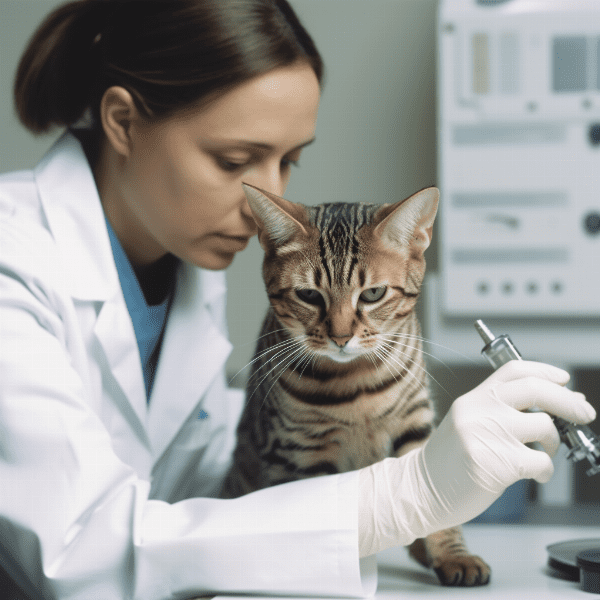
Treatment Options for Bengal Cat Genetic Disorders
While there is no cure for genetic disorders in Bengal cats, there are several treatment options available to manage the symptoms and improve your cat’s quality of life. Treatment options may include medications, dietary changes, and supportive care.
Medications
Medications can be used to manage the symptoms of genetic disorders in Bengal cats, such as anti-nausea drugs for cats with PKD or beta-blockers for cats with HCM. These medications can help to improve your cat’s comfort and reduce the severity of their symptoms.
Dietary Changes
Dietary changes can also be beneficial for cats with genetic disorders. For example, cats with PKD may benefit from a low-protein diet, which can help to reduce the workload on their kidneys. Cats with HCM may benefit from a low-sodium diet, which can help to reduce fluid buildup in their body.
Supportive Care
Supportive care can help to improve your cat’s quality of life and manage the symptoms of genetic disorders. For example, cats with PRA may benefit from environmental modifications, such as providing a consistent living space and minimizing the risk of injury. Cats with HCM may benefit from oxygen therapy or fluid therapy to help manage their symptoms.
Surgical Interventions
In severe cases of genetic disorders, surgical interventions may be necessary. For example, cats with HCM may require surgical interventions, such as heart valve replacement or pacemaker implantation, to manage their symptoms and improve their quality of life.
Genetic Counseling
Genetic counseling can also be helpful for Bengal cat owners. This involves working with a veterinarian or genetic counselor to understand the risks of specific genetic disorders and develop a breeding plan to prevent the spread of these disorders.
By working closely with your veterinarian and exploring the treatment options available, you can help to manage the symptoms of genetic disorders in your Bengal cat and improve their quality of life. It is also important to take preventive measures, such as responsible breeding practices and a healthy living environment, to reduce the risk of genetic disorders in future generations of Bengal cats.
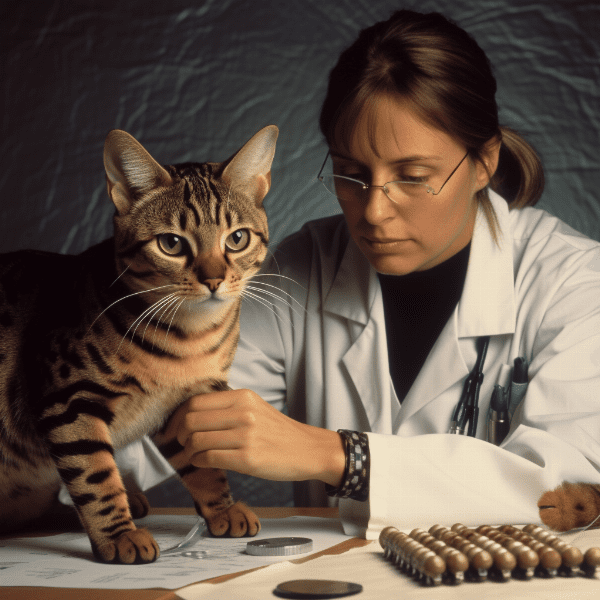
Preventive Measures for Bengal Cat Genetic Disorders
Preventive measures can be taken to reduce the risk of genetic disorders in Bengal cats. Responsible breeding practices and a healthy living environment are key to preventing the spread of genetic disorders.
Early Detection and Treatment
By following responsible breeding practices, providing a healthy living environment, and seeking early detection and treatment for genetic disorders, you can help to prevent the onset and progression of these disorders in your Bengal cat. It is also important to work closely with your veterinarian and explore the treatment options available to manage the symptoms of genetic disorders in your cat.
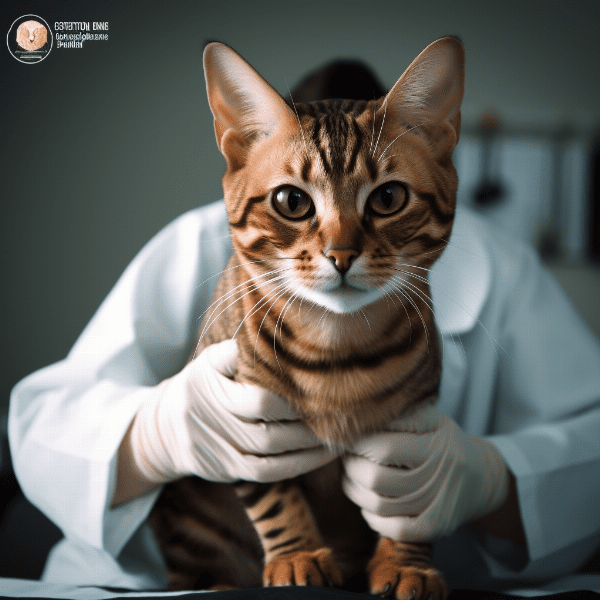
Breeding Practices and Genetic Testing for Bengal Cats
Responsible breeding practices and genetic testing are crucial for the health and wellbeing of Bengal cats. By identifying cats that are carriers or affected by specific genetic disorders, breeders can modify their breeding practices to prevent the spread of these disorders.
Health Certifications
Health certifications can also be helpful for breeders and owners. These certifications indicate that a cat has been screened for specific genetic disorders and has been deemed healthy by a veterinarian. This can provide peace of mind for owners and increase the value of cats for breeders.
Collaborating with Veterinarians
Collaborating with veterinarians can be helpful for breeders and owners in identifying and managing genetic disorders in Bengal cats. Veterinarians can provide guidance on breeding practices and perform genetic testing and health screenings. They can also help to manage the symptoms of genetic disorders through medical management and supportive care.
By following responsible breeding practices, utilizing genetic testing and health certifications, and collaborating with veterinarians, breeders and owners can help to prevent the spread of genetic disorders in Bengal cats and ensure the health and wellbeing of their cats. It is also important to provide a healthy living environment and seek early detection and treatment for genetic disorders.
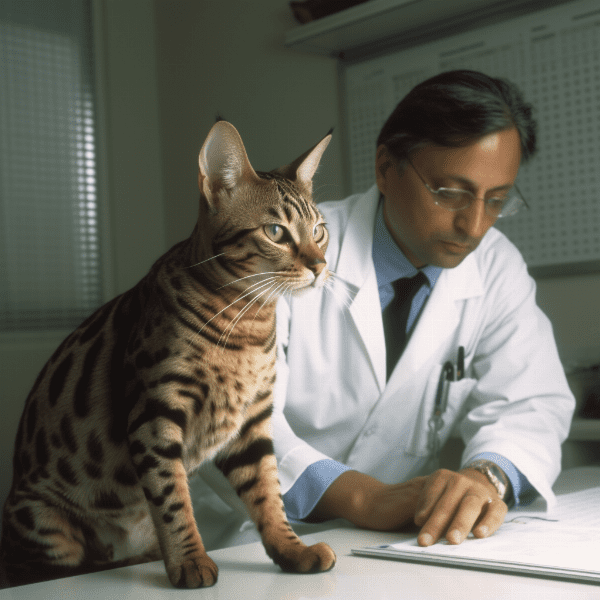
Conclusion: Ensuring the Health of Your Bengal Cat
Bengal cats are beloved pets that can bring joy and companionship to their owners. However, like all cats, they are at risk for genetic disorders that can affect their health and wellbeing. It is important for owners to be aware of these disorders and take preventive measures to ensure the health of their cats.
Responsible Breeding Practices
Responsible breeding practices and genetic testing are essential for preventing the spread of genetic disorders in Bengal cats. Breeders should screen their cats for specific genetic disorders and avoid breeding cats with a history of these disorders in their lineage. Genetic testing can also be helpful for owners who want to know if their cat is at risk for a specific genetic disorder.
In conclusion, by following responsible breeding practices, utilizing genetic testing and health certifications, providing a healthy living environment, and seeking early detection and treatment for genetic disorders, owners can help to ensure the health and wellbeing of their Bengal cats. Collaborating with veterinarians and staying informed about genetic disorders can also be helpful in managing the health of your cat. With proper care and attention, your Bengal cat can live a long and healthy life.
